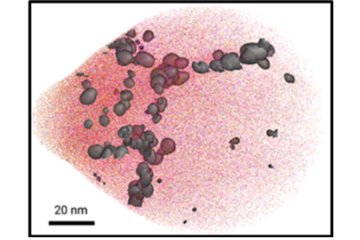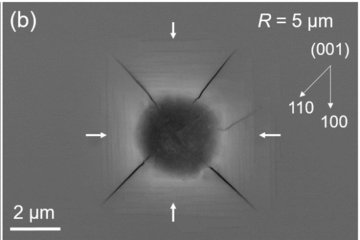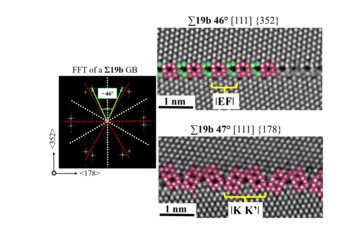All genres
21.
Talk
New Applications to Atom Probe Tomography: Insights on Trace Element Diffusion in Naturally Deformed Minerals. M & M 2019, Portland, OR, USA (2019)
22.
Talk
Correlating Atomic Scale Structure with Reaction Mechanisms: Electrocatalytic Evolution of Oxygen. 70th Annual Meeting of the International Society of Electrochemistry, Durban, South Africa (2019)
23.
Talk
An Integrated Workflow to Investigate Electrocatalytic Surfaces by Correlative X-ray Photoemission Spectroscopy, Scanning Photoemission Electron Microscopy and Atom Probe Tomography. M & M 2019 : Microscopy & Microanalysis 2019, Portland, OR, USA (2019)
24.
Talk
Mechanisms of lamellar intergrowth in alkali feldspar. Catania 2018, Congress SGI - Simp "Geosciences for the environment, natural hazard and cultural heritage", Catania, Italy (2018)
25.
Poster
Phase Transformation of Copper Hexacyanoferrate Cathode in Aqueous Zn-Ion Battery. 2019 MRS Fall Meeting , Boston, MA, USA (2019)
26.
Poster
The surface structure of AgCu catalysts in ethylene epoxidation. Tenth Joint BER II and BESSY II User Meeting, Helmholtz Zentrum Berlin, Berlin, Germany (2019)
27.
Poster
Correlative atom probe tomography and in-situ scanning photoemission electron microscopy applied to catalytically active materials. Atom Probe Tomography and Microscopy 2018, Gaitherburg, MD, USA (2018)
28.
Poster
Unravelling the identity of (Cu1+,Cu2+)xOy surface oxides formed under ethylene epoxidation conditions on AgCu catalysts. 1st IMPRS – RECHARGE SCIENTIFIC SYMPOSIUM 2017, University Duisburg-Essen, Essen, Germany (2017)
29.
Thesis - PhD
Advancements in the understanding of Ir-based water splitting catalysts at the near-atomic scale. Dissertation, Ruhr-Universität Bochum (2021)











